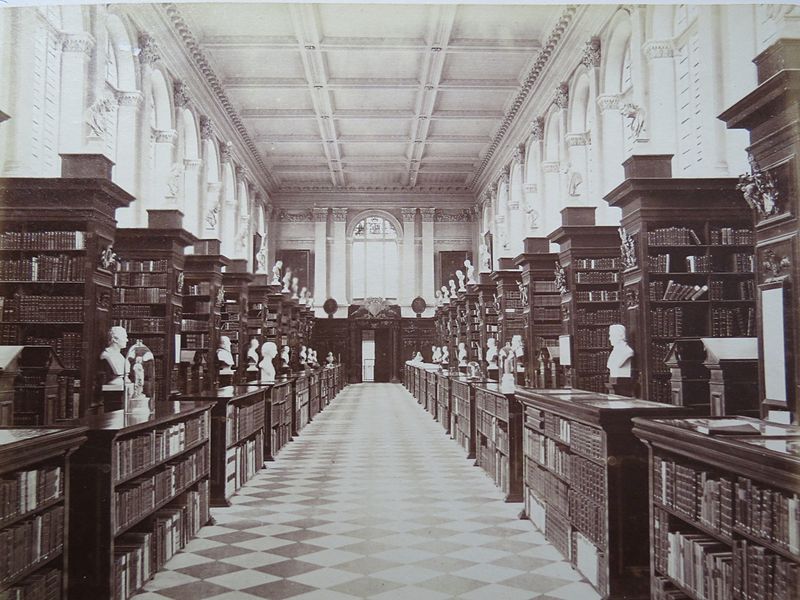Nunn May was a British physicist. He was one of the first Cold War era spies for the Soviet Union, and revealed information about the Manhattan Project.
Alan Nunn May was born on May 2, 1911 in Kings Norton, Birmingham, England. He studied Physics at Trinity Hall and King’s College London. During this time he was active in the Association of Scientific Workers. In the 1930s, he joined the Communist Party of Great Britain.
World War II
James Chadwick recruited Nunn May to work under a team at Cambridge University. This team was part of the British Tube Alloys, and was working on heavy water reactor research. He worked on the same team as Lew Kowarski. In 1943, the Cambridge team was transferred to the Montreal Laboratory. In 1945, he left Canada, and returned to London.
Soviet Espionage
In 1940, Nunn May learned that the U.S. suspected Nazi Germany of working on nuclear weapons. He learned of this by reading a confidential U.S. report, and then passed the information to the Soviet Union.
While working at the Montreal Lab, Nunn May was approached by Lieutenant Angelov of the GRU (Soviet Military Intelligence) and asked to share atomic research information. He participated in espionage activities by supplying small samples of Uranium-233 and 235. He also borrowed library research documents on nuclear power and spread copies to the Soviet Union. He later revealed technical information about atomic reactors, the Trinity Test, and the amount of nuclear materials located at both Oak Ridge and Hanford. He completed all of this under the code name “Alek.”
Conviction
Igor Gouzenko, a cipher clerk in the Soviet Embassy to Canada, defected to the West in September of 1945. Gouzenko turned in documents which revealed Nunn May’s name and involvement with espionage activities. In March of 1946 Nunn May was arrested and brought to trial in Britain. He pleaded guilty to violating the Official Secrets Act, and was sentenced to ten years of hard labor, but was released in 1952. He was the first person to be convicted for supplying atomic research secrets to the Soviet Union.
Aftermath
There are debates about how useful the information Nunn May provided to the Soviet Union was in their quest to make atomic weapons. Nunn May’s actions, however, were the first public proof that the Soviet Union spied on its wartime allies, and proved that the Soviet Union was specifically obtaining atomic research information through espionage.
Nunn May never defined his actions as treason, and later in life, he maintained that he had no regrets. Instead he believed that he was contributing to further the use of peaceful atomic energy. He wanted to maintain and preserve “the safety of mankind.” Nunn May stated that he was concerned with securing victory over Japan and Nazi Germany, and that sharing the information with the Soviet Union was justified because at the time they were still an ally of the U.S.
His action’s led the U.S. to end the exchange of atomic information, and a great distrust of Great Britain occurred. In 1946, the U.S. passed the McMahon Act, which banned exchanging atomic research information. Britain was then forced to develop their own atomic bomb without U.S. support.
Nunn May was blacklisted from universities in Britain. In 1961, he went to work at the University of Ghana. In Ghana, he conducted research solid-state physics and created a science museum. He returned to Cambridge in 1978.





